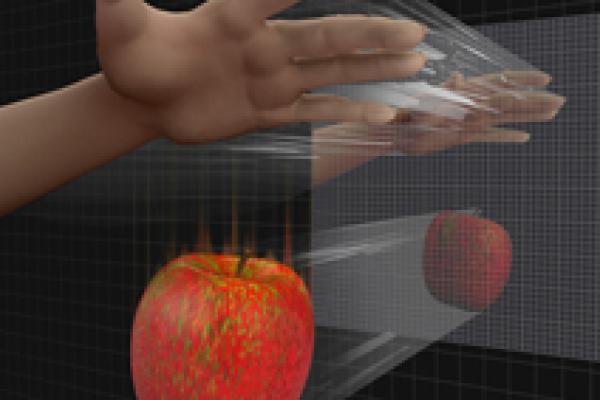
Content about “ string theory
”

Interalia: From strings to sculpture

The Pointless Universe: the fascination of string theory
Physical finance
Taking on a 10-D Universe with 8-D maths
The ten dimensions of string theory

String Theory, Duality and Art: how the Higgs boson and Turner Prize collide
Strings, particles and the early Universe
Meet the mother theory
A brief history of mine
What's happening at the LHC?
It's been nearly 18 months since the Large Hadron Collider at CERN started up and scientists are eagerly awaiting their first glimpse into the cosmic mysteries it was designed to explore. But when can we realistically expect the first ground-breaking discoveries to come through? Last week, John Ellis, outgoing leader of the theory division at CERN, addressed an audience of physicists at the University of Cambridge to update them on the current state of play. Plus went along and also managed to catch Ellis for a quick interview.
Hidden dimensions
That geometry should be relevant to physics is no surprise — after all, space is the arena in which physics happens. What is surprising, though, is the extent to which the geometry of space actually determines physics and just how exotic the geometric structure of our Universe appears to be. Plus met up with mathematician Shing-Tung Yau to find out more.